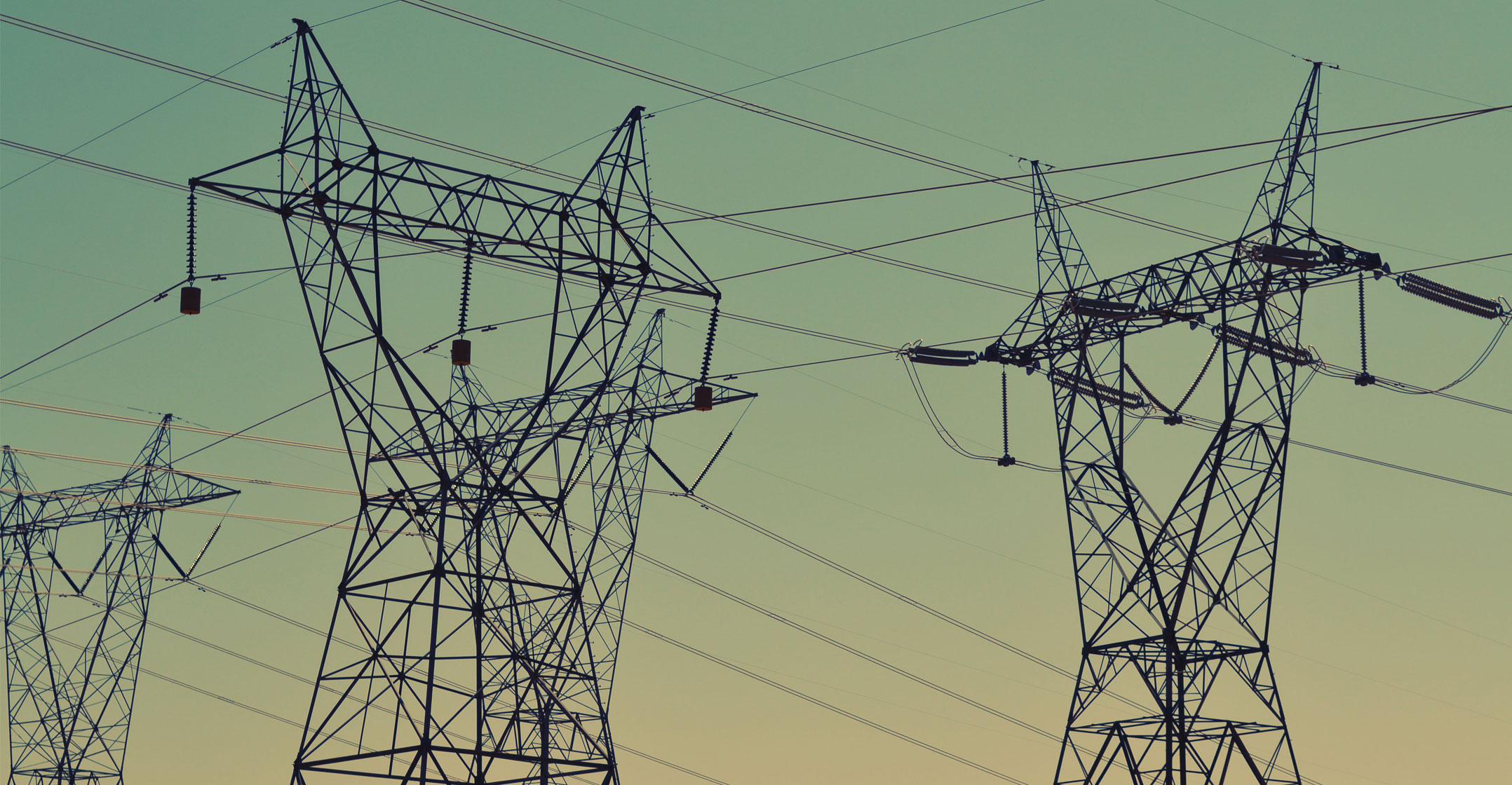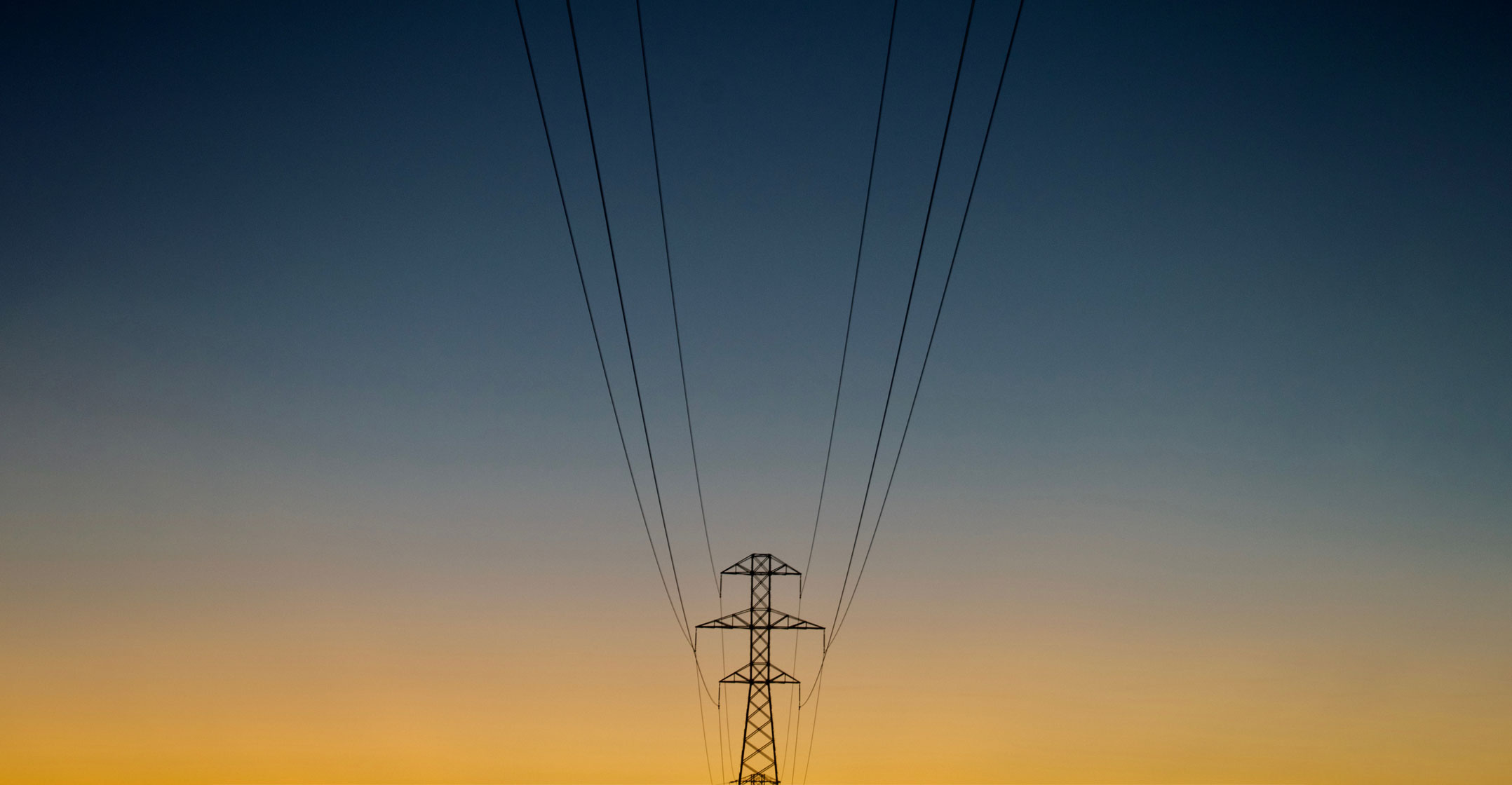 While subjecting households and businesses countrywide to rotating blackouts this week, energy regulator Nersa has published for comment Eskom’s latest submission for additional revenue to be recovered from electricity tariffs.
While subjecting households and businesses countrywide to rotating blackouts this week, energy regulator Nersa has published for comment Eskom’s latest submission for additional revenue to be recovered from electricity tariffs.
Eskom is claiming an additional R8.4-billion in terms of the regulatory clearing account (RCA) methodology, a risk mitigation measure to protect Eskom and the consumer when actual numbers vary from those assumed when tariffs were set.
If Eskom succeeds, the amount will be added to its revenue from electricity tariffs in 2022/2023. Nersa, however, has not yet determined the revenue for that year, and therefore it is not yet possible to calculate the possible impact it would have on the tariffs.
The regulator will hold virtual public hearings in July and has indicated that it will finalise its decision near the end of August. Whatever amount Nersa approves can be added to tariffs from 1 April next year for end users buying directly from Eskom and from 1 July for municipal customers.
This application comes as Nersa’s appeal is pending against a high court decision that it should add a further R69-billion unlawfully subtracted from Eskom’s revenue in the period 2019/2020 to 2021/2022. Nersa and Eskom earlier agreed to the liquidation of R10-billion of this amount, which was added to the current year’s tariffs.
Consumers must pay
Nersa argues in court that the matter should be remitted to the regulator, rather than having the court decide on the specific measures to rectify the situation.
Over and above that, there are three other Nersa decisions that Eskom has challenged in court that still have to be determined that could push Eskom’s additional entitlement to above R90-billion. All of this will have to be paid for by consumers in the next few years.
According to this latest submission by Eskom, the under-recovery is driven by lower than expected sales volumes and higher than expected costs. Eskom claims R5.6-billion additional revenue due to lower sales volumes.
It states specifically that lower sales due to load shedding were excluded from its claim. It further indicates that the financial year included four days of the hard Covid-19 lockdown, which also impacted sales, and that it did not claim additional revenue in this regard.
 At its interim results presentation in September last year, Eskom showed that its sales have been declining consistently since at least 2016, while its revenue has been increasing.
At its interim results presentation in September last year, Eskom showed that its sales have been declining consistently since at least 2016, while its revenue has been increasing.
The other big variance supporting Eskom’s’ claim is R4.9-billion for primary energy. While its coal burn cost was R2.1-billion lower than projected, it spent R2.4-billion more on its diesel-gobbling open-cycle gas turbines to minimise the impact of load shedding on the economy.
Start-up fuel oil cost the utility R2.2-billion more than expected. Eskom explains that heavy fuel oil is used for the start-up and shut-down of a coal-fired power station and stabilises the boiler flame on occasion, for example when “operating at low load”.
Incorrect calculation
Eskom admits that the number of unplanned outages and trips “were significantly higher in FY2020 than anticipated at the time of the 2020 application and determination”.
According to Eskom, Nersa made an incorrect calculation when it initially determined its revenue for 2019/2020, and that is also included in this RCA claim. It further claims an additional R1.6-billion for international power purchases, mainly from the Cahora Bassa scheme in Mozambique, from which it was able to secure additional supply.
Some line items saw variances in favour of the consumer. After this has been considered, it leaves a balance of R8.4-billion in favour of Eskom, which it hopes to recover in the next financial year.
Dave Mertens of the Association of South African Chambers says it is clear from Eskom’s declining sales that it is firmly in the utility death spiral. Higher tariffs will not be bad for business only, he says. As consumers battle to pay for electricity, it will depress demand further and lead to a further decline in Eskom’s sales.
He says Eskom is forced to rely on its old coal-fired power stations due to the poor performance of Medupi and Kusile. This results in the stops and starts that require increased use of fuel oil and gas turbines and other hidden costs.
Mertens says Nersa must scrutinise Eskom’s submission and ensure that consumers don’t pay for inefficiencies. “Eskom got a big tariff increase this year. Anything Nersa approves in terms of the RCA will be over and above the base tariff, which is already at a very high level.”
- This article was originally published on Moneyweb and is used here with permission




